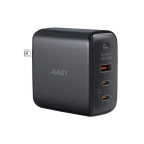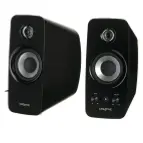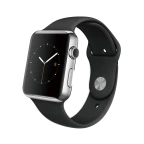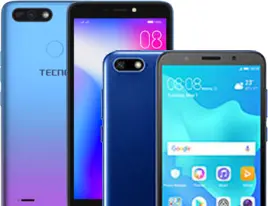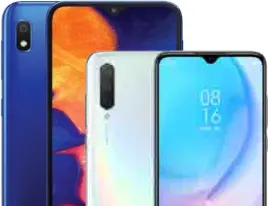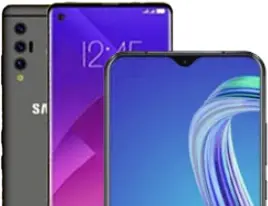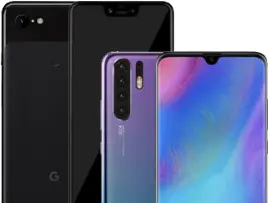
LG U
Specifications
- 5.2 inchesDisplay
- 32GB 2GB RAMRAM
- 3000 mAhBattery
- 13 MPBack Camera
| General Features | |
|---|---|
| Release Date | 01 Oct 2016 |
| SIM Support | Nano-SIM |
| Phone Dimensions | 5.81 x 2.88 x 0.30 in |
| Phone Weight | 135 g |
| Operating System | Android 6.0 (Marshmallow) |
| Display | |
|---|---|
| Screen Size | 5.2 inches |
| Screen Resolution | 1080 x 1920 pixels |
| Screen Type | IPS LCD capacitive touchscreen, 16M colors |
| Screen Protection | Corning Gorilla Glass |
| Memory | |
|---|---|
| Internal Memory | 32GB |
| RAM | 32GB 2GB RAM |
| Card Slot | microSD, up to 256 GB |
| Performance | |
|---|---|
| Processor | Octa-core 1.14 GHz |
| GPU | No |
| Battery | |
|---|---|
| Type | Non-removable Li-Ion 3000 mAh battery |
| Camera | |
|---|---|
| Front Camera | 8 MP |
| Front Flash Light | No |
| Front Video Recording | 1080p@30fps |
| Back Flash Light | Yes |
| Back Camera | 13 MP |
| Back Video Recording | 1080p@30fps |
| Connectivity | |
|---|---|
| Bluetooth | Yes |
| 3G | Yes |
| 4G/LTE | Yes |
| Radio | No |
| WiFi | Yes |
| NFC | No |
Highlights
So the Nexus lineup has finally reached its end and has been replaced by Google’s Pixel smartphones for the foreseeable future. That means that the older Nexus phones can now easily be rebranded and sold with other brand names. This is exactly what LG has done and it has come up with its very own successor to the Nexus 5X in the form of LG U. So what’s the difference?
Build quality and display
The LG U can be called as Nexus 5X coming back from the dead. This is because this latest release from LG follows a near similar design/specs pattern to the famed 5X with the noticeable difference between the two being their back panels. The LG U features more like a glossy Huawei Y6 design with the camera moved to the upper left corner of the smartphone while the fingerprint sensor has been extinguished altogether; a move that’s sure to disappoint many a people. The front is exactly the same with the two speaker grill Motorolla-esque design making the smartphone look like a true gem.
The display panel is almost similar to the 5X again as it features a 5.2 inches IPS LCD capacitive touchscreen with 424ppi pixel density. This translates into a crispy 1080p HD resolution that will surely prove to be a joy to behold.
Cameras
The cameras of the LG U feature an upgrade on the Nexus 5X’s cameras as far as the pixel sizes are concerned. The device features a 13 megapixel primary camera with nothing much else to talk about. No laser autofocus or dual-tone LED flash will likely keep the LG U’s primary camera under the 5X’s shadow.
The selfie camera is a different piece of the puzzle as it features an improved 8 megapixel sensor. In short, both have a zero tolerance policy towards quality even if they’re outfoxed by the 5X.
Hardware and software
The LG U is powered by a Quad-Core 1.14 GHz processor with an additional 2GB of RAM. No Nougat for this baby so you’ll have to make do with the built-in Marshmallow. Its internal storage stands at 32 gigs with no variant scene like the 16/32GB of the 5X while also holding an expandable card slot. No Fast Charge capability while the 3000 mAh battery brings this particular description to a close on a positive note.




